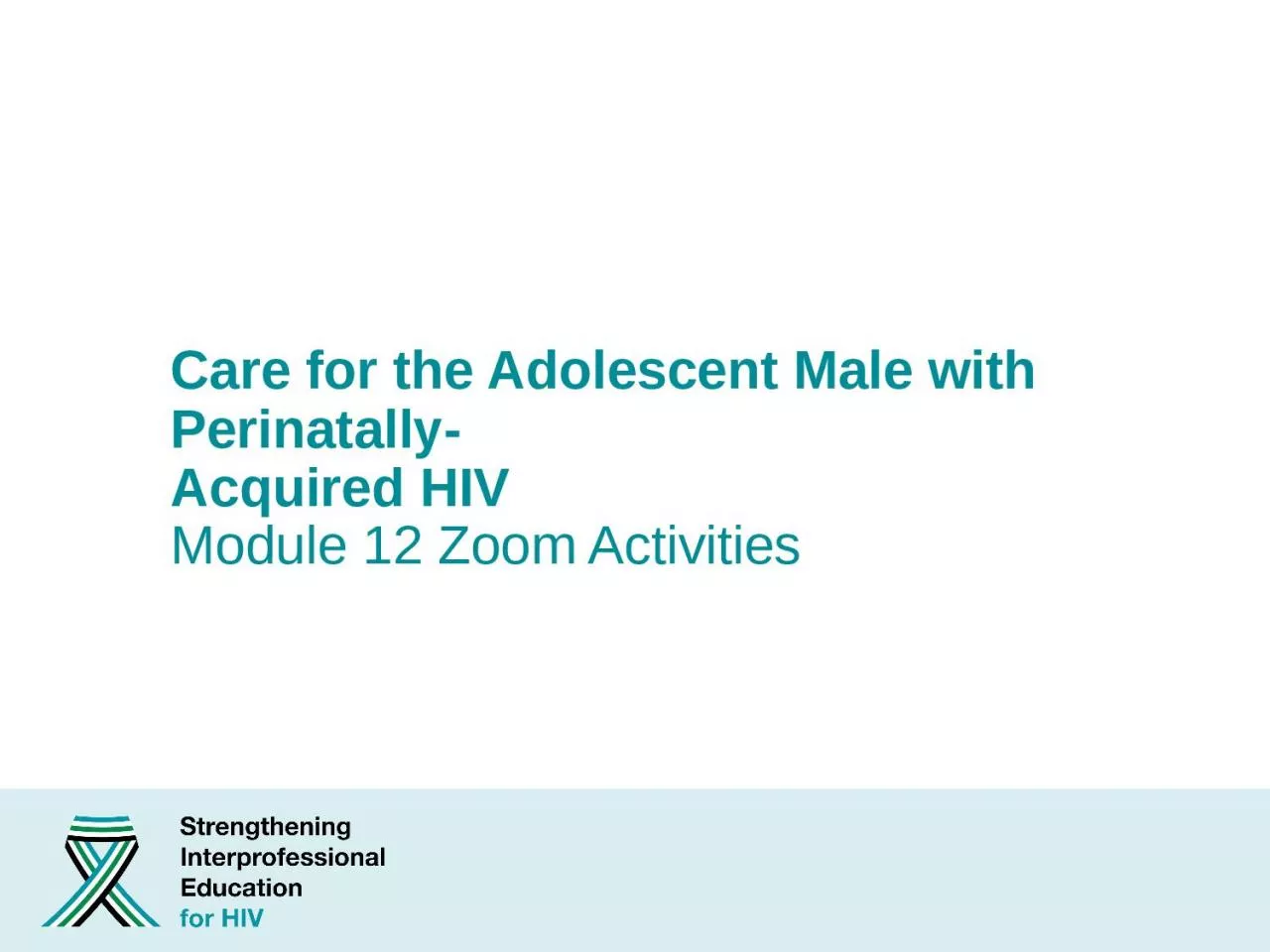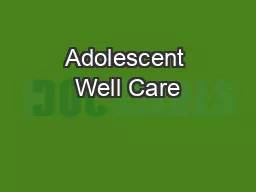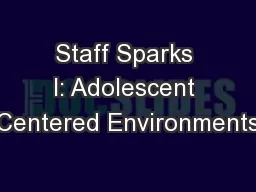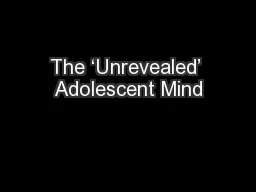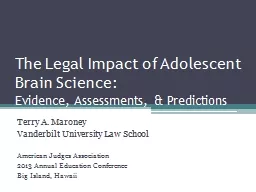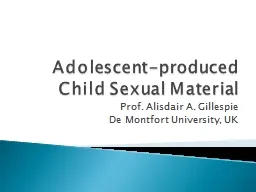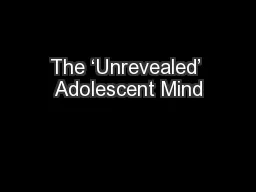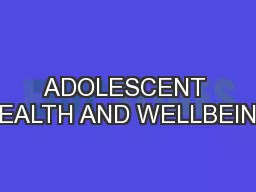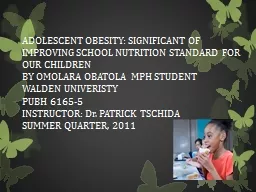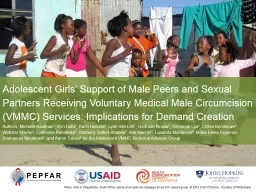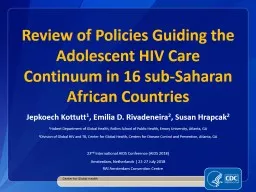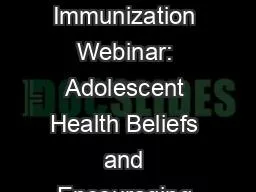PPT-Care for the Adolescent Male with Perinatally-
Author : jacey | Published Date : 2024-02-09
Acquired HIV Module 12 Zoom Activities 1 Multidisciplinary discussion Objective Explain the psychosocial and biomedical impact of perinatallyacquired HIV and explore
Presentation Embed Code
Download Presentation
Download Presentation The PPT/PDF document "Care for the Adolescent Male with Perina..." is the property of its rightful owner. Permission is granted to download and print the materials on this website for personal, non-commercial use only, and to display it on your personal computer provided you do not modify the materials and that you retain all copyright notices contained in the materials. By downloading content from our website, you accept the terms of this agreement.
Care for the Adolescent Male with Perinatally-: Transcript
Download Rules Of Document
"Care for the Adolescent Male with Perinatally-"The content belongs to its owner. You may download and print it for personal use, without modification, and keep all copyright notices. By downloading, you agree to these terms.
Related Documents

